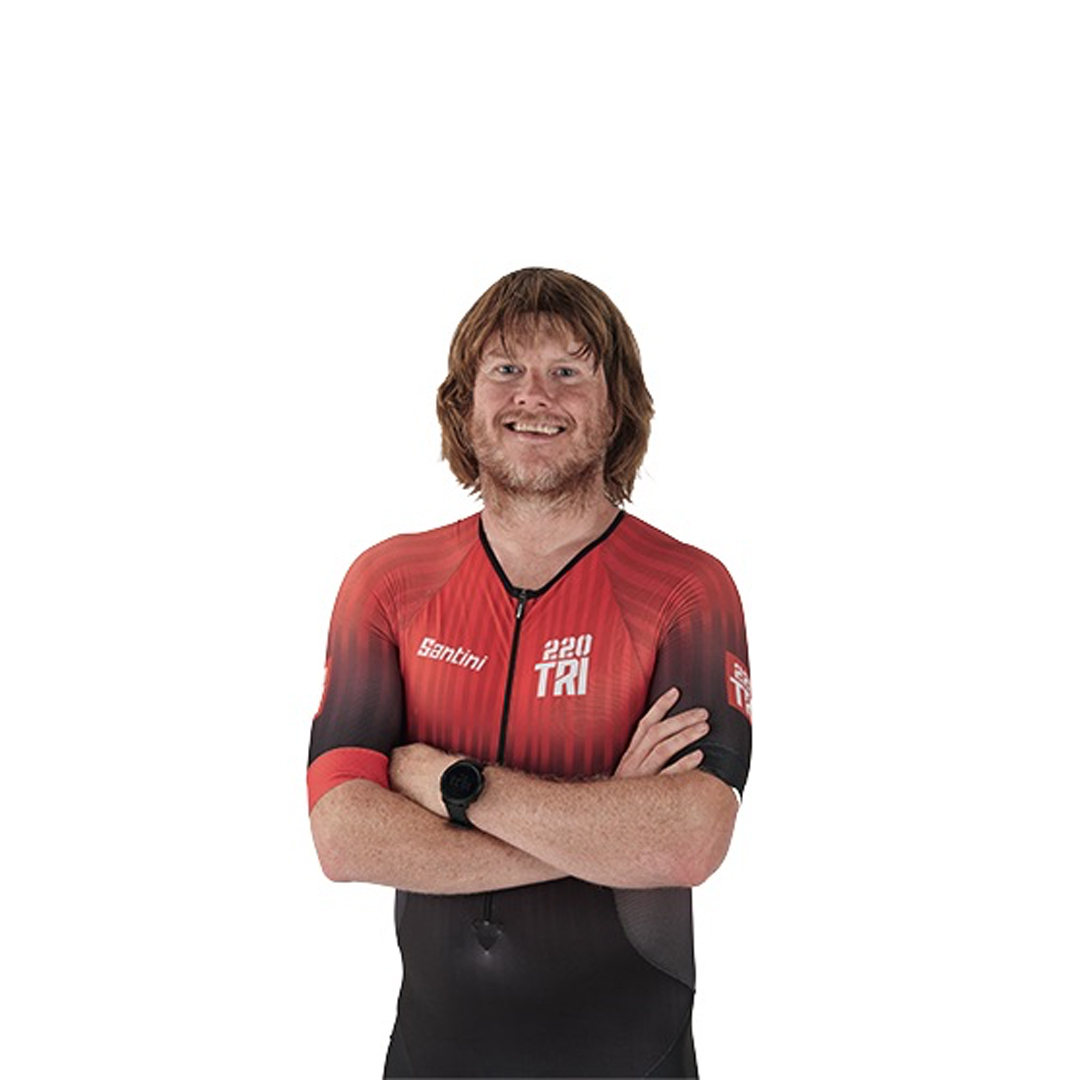Barefoot running caught the public’s attention in 1960 when Ethiopia’s Abebe Bikila won Olympic marathon gold in Rome running barefoot. In the 1980s, Zola Budd courted headlines for running barefoot on the track.
But the industry that we now know was arguably created in 2009 on publication of Christopher McDougall’s book, Born to Run, who spent time with the secluded tribe called the Tarahumara who were legendary for their ability to run days at a time in flimsy sandals.
Since then, barefoot running’s remained popular with triathletes and runners. Though, technically that moniker is incorrect because barefoot running in the 21st century involves running in run shoes…
Best barefoot running shoes in 2024
Vivobarefoot Primus Lite III
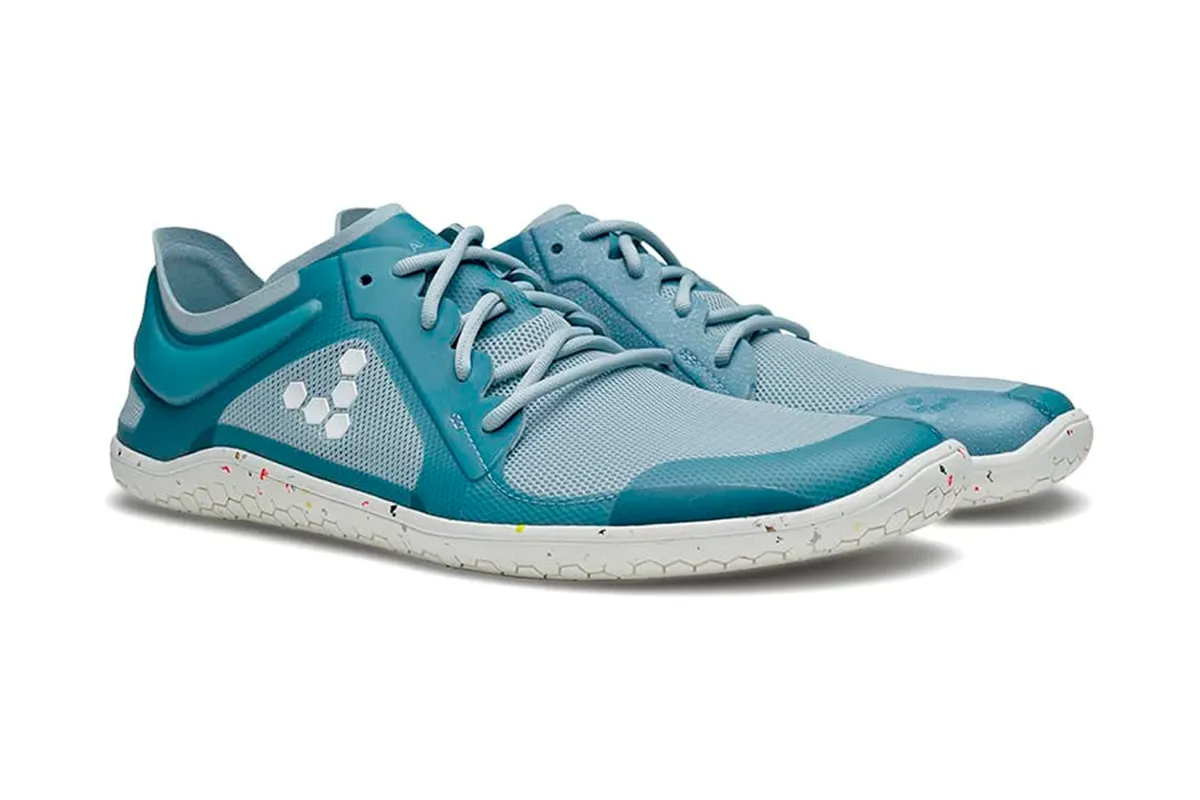
- £130 / $160
Vivobarefoot describe its Primus Lite III as a “hero trainer”. We’re not quite sure what that means.
But we do know it’s packed with technology for such a minimalist shoe, its ‘Active’ 4mm outsole designed to be thin enough for heightened proprioception – feeling each step – but thick enough for durability and good grip.
The Primus Lite III’s shape is built to mimic the foot, so it’s wide at the toes before noticeably tapering as you work toward the ankle.
Another plus point is Vivobarefoot’s eco credentials. If the shoes need repairing or you’re wishing for them to be repaired and sold on, simply send to Revivo by Vivobarefoot. It’s the British company’s efforts at cutting down on waste.
Altra Lone Peak 7

- £135 / $150
The Altra Lone Peak 7 is another run shoe aimed at off-road sojourns. To that end, it features a MAXTRAC outsole that’s loaded with a multi-directional lug pattern for extra grip.
Comfort’s provided by mid-level cushioning that purports to deliver a smooth ride. That’s down to the Altra EGO foam construction thar’s slimmer than previous efforts but still promises a soft landing.
A TPU Rock Guardis designed to fend off rocks and roots, so no bruising, while the upper aims to eliminate irritation and ensure a comfortable fit.
Vibram Fivefingers V-Trail 2.0
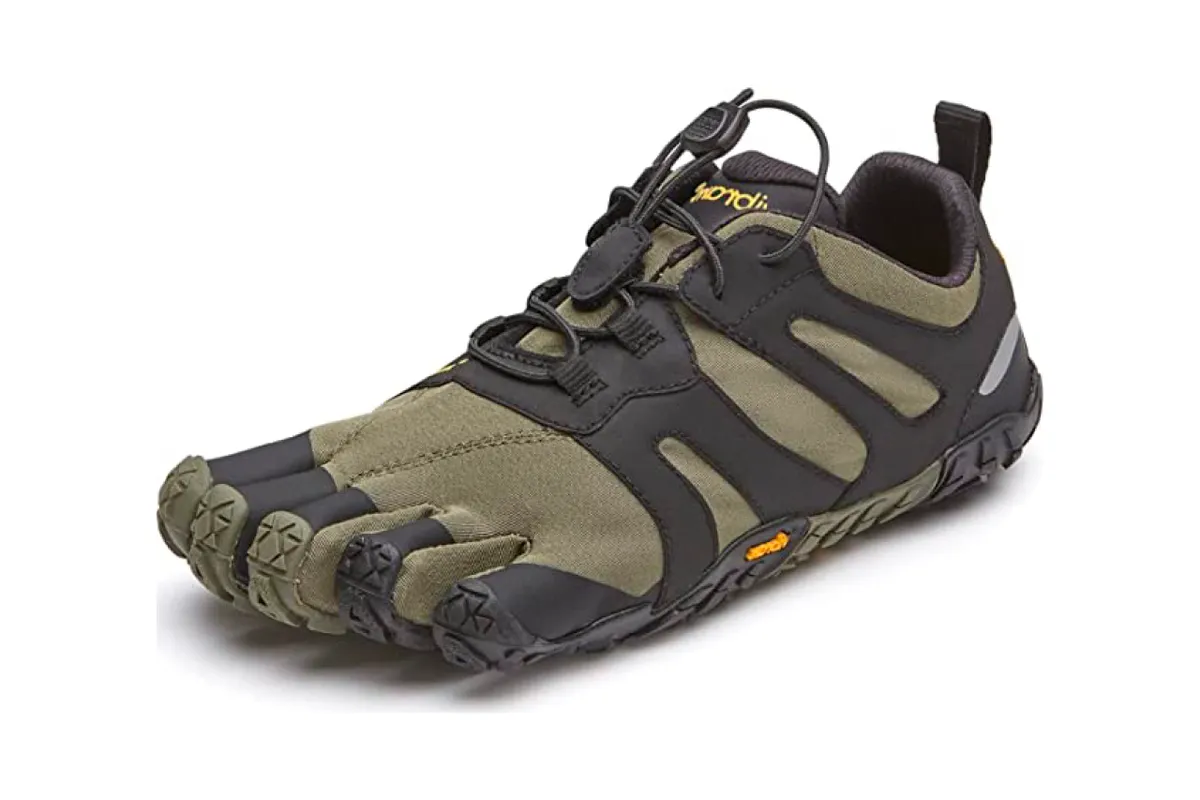
- £135 / $135
Vibram’s arguably the brand who gave barefoot running a global platform, its five-toed design attracting interest and amusement in equal measure.
That was, until triathletes and runners tried them and never looked back.
As the name suggests, this is a five-fingered effort for off-road with extra defences from rocks and stones provided by Vibram’s ‘3D Cocoon’. This is a nylon mesh that’s moulded into the 2.7mm-deep rubber sole and certainly gives the Vibram Fivefingers V-Trail 2.0 shoe a utilitarian edge.
Closure’s by a bungee-cord system to provide a secure and stable fit – exactly what you need when striding off-road.
Merrell Vapor Glove 3 Luna Leather
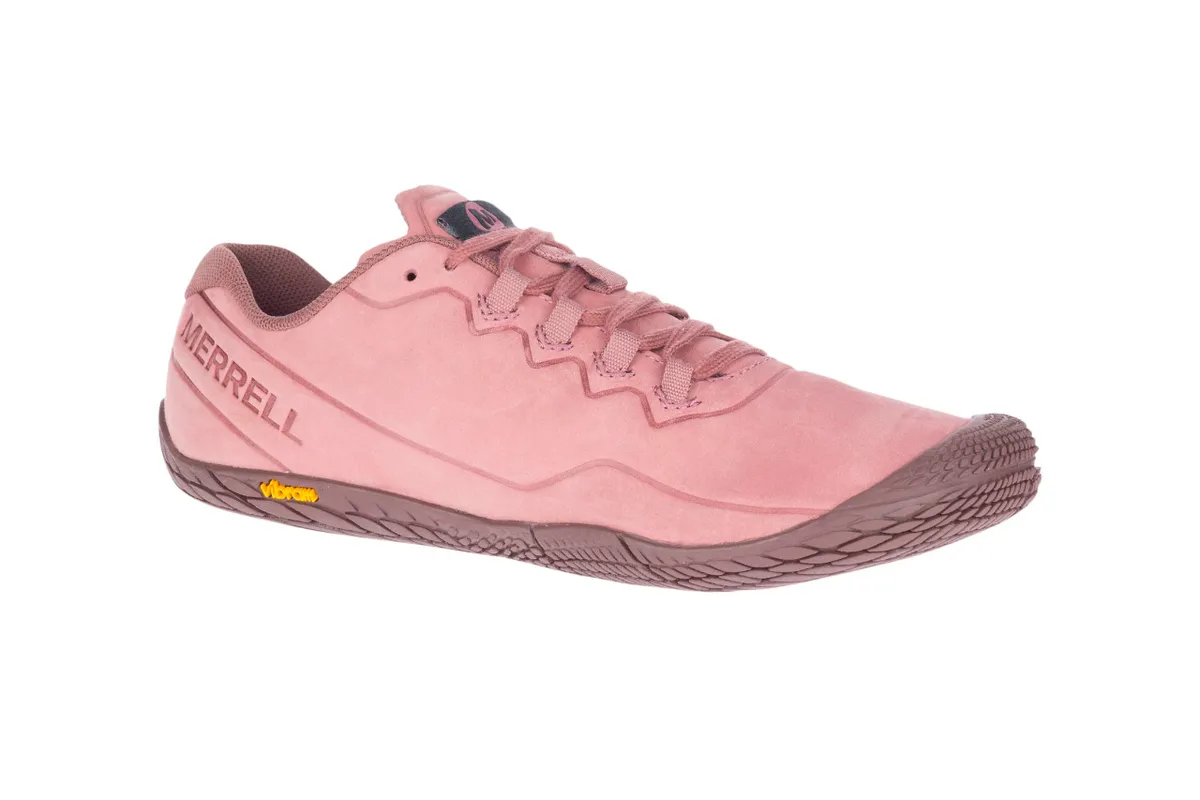
These fetching barefoot shoes come in an array of vibrant colours including pomegranate and burlwood (pink).
That ostentatious cover hides an array of subtle technologies designed to have you running strong and safe, albeit the primary technology’s borrowed from Vibram, who takes care of the Vapor Glove 3’s rubber outsole.
The shoe’s garnered attention for its sock-like feel and comfort, which isn’t always the case with a minimalist barefoot shoe.
As for the upper, it’s made from full-grain leather for a hint of opulence. A traditional lace closing system completes the look.
Xero HFS II
- Buy now for men from Xero (£130)
- Buy now for women from Xero (£130)
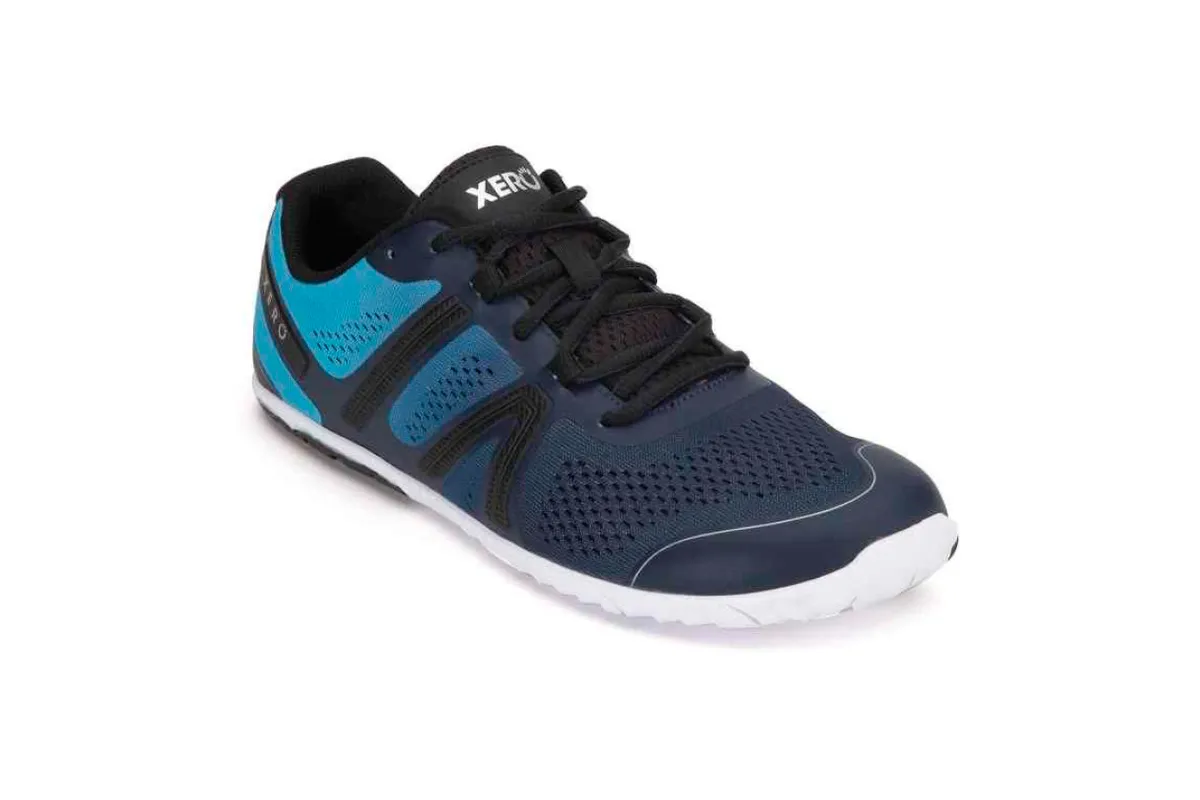
- £130 / $119.99
HFS stands for ‘Highly Flexible Shoe’, which is attributed to the ‘Xero drop design’. This is a “non-elevated heel that allows for proper posture and is built low to the ground for balance and agility.” Meanwhile, a wide toe box is designed to let your toes spread as nature intended.
The rubber outsole is deeper than many of its competitors (5.5mm). This certainly adds protection. If that’s too deep for your barefoot tastes, you can always remove the 2mm insole.
Tension straps ensure your feet are locked in place, and the shoe is verified as vegan friendly, with no animal products used in its construction.
Inov-8 Bare-XF 210 V3
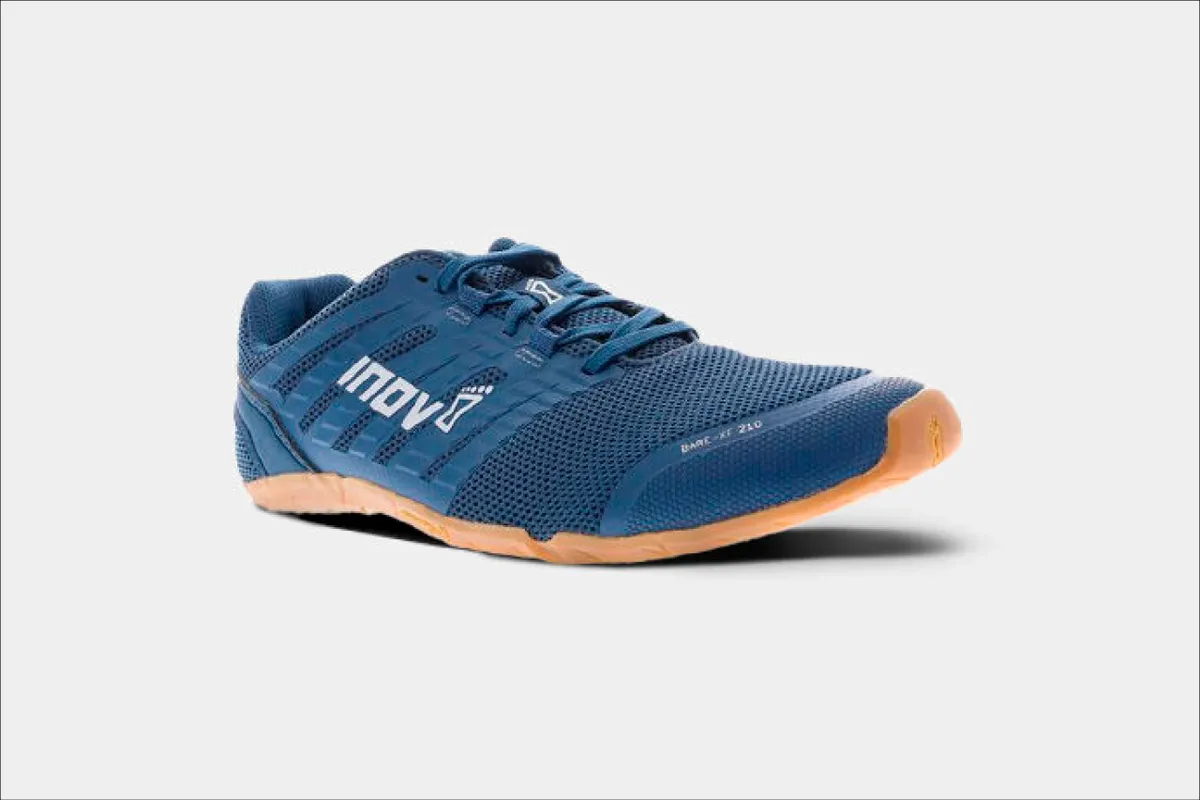
- £115 / $120
The Lake District’s off-road shoe maestros bring you the Bare-XF 210 V3, which they sell as “the most stripped-back shoe in the range”.
The zero drop highlights its barefoot DNA, with the outsole constructed from an Inov-8 rubber compound for durability purposes.
The new upper design is made from seamless, one-piece "3D air mesh” in search of comfort and breathability.
Welded TPU protectors around the toes are designed to deflect stones with closure via a traditional lacing system.
Xero Scrambler Low
- Buy now for men from Xero ($149.99)
- Buy now for women from Xero ($149.99)

- $149.99
This is for those of you who like to head off-piste and consume the trails.
Unlike the majority of shoes in the Xero collection, this features the lightweight Michelin Fiberlite outsole that's designed to grip the ground thanks to 3mm lugs.
Naturally, it’s a zero drop that helps it come in at a lightweight 264g for UK11. The mesh upper is said to be extremely breathable, wicking sweat away for less clammy feet.
This should drain quickly so a good choice if you want run sockless.
Chunky laces aim to clamp the foot in securely, while there’s an extra pair of lace holes to tap into when you’re facing really boggy scenarios.
What is a barefoot running shoe?
The difference with traditional run shoes is that barefoot shoes are highly minimalist. The idea behind that is they more accurately reflect your natural running style with barefoot proponents arguing that more cushioned models reduce feel for the ground and change your natural running style.
Why use barefoot running shoes?
This more natural running style, proponents argue, decreases the chances of injury because you allow your feet and lower limbs to grow strong.
The argument’s persuasive, but there’s one big caveat: don’t dispense with your heavier, traditional shoes and leap headlong into minimalist shoes.
Your run style has developed in heavier shoes, so hasn’t developed the strength for barefoot running. But it will get there. You just need to acclimatise…
How to start running in barefoot shoes
Start off by walking in your barefoot shoes and gently stretch your arches and calf muscles. Then run a short distance on a softer surface like your local field.
Practise landing on your midfoot versus your heel, which is more as nature intended and why barefoot runners insist you’re stronger running this way.
When it comes to acclimatising, follow the 10% rule – that means not increasing run mileage in your barefoot run shoes by more than 10% each week.
Listen to your body, keep an eye on any stresses and pains, but be meticulous and you’ll soon be running stronger, more efficient and hopefully lessen the chances of injury.
Top image credit: Getty Images
